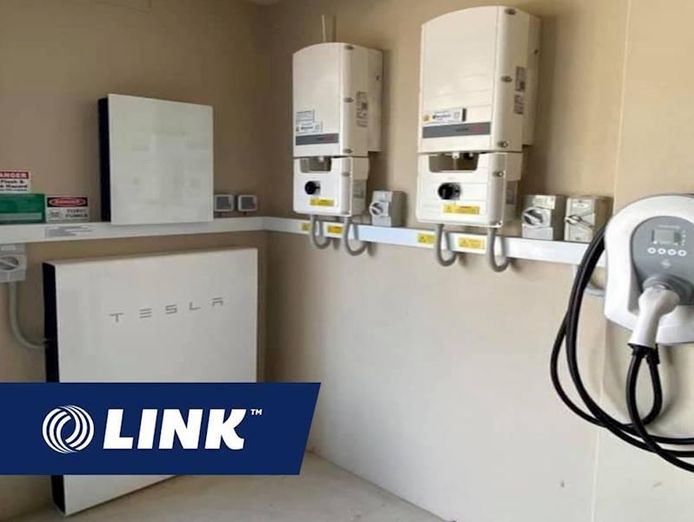Clean Energy: A Booming Industry Under Attack

Table of Contents
Political and Regulatory Hurdles
Government policies are the cornerstone of a thriving clean energy landscape. Unfortunately, inconsistent and unsupportive policies, frequent regulatory changes, and aggressive lobbying by fossil fuel industries create instability and deter crucial investment in renewable energy sources. Stable, long-term policy frameworks are essential to attract the significant capital required for large-scale renewable energy projects.
-
Examples of inconsistent policies impacting project development: Permitting processes that are lengthy and opaque, changes in renewable energy mandates mid-project, and the inconsistent application of environmental regulations all significantly impact project timelines and budgets, discouraging investment.
-
The influence of lobbying groups on policy decisions: Powerful lobbying groups representing fossil fuel interests actively work to hinder the advancement of clean energy policies, often promoting narratives that downplay the urgency of climate change or exaggerate the costs of renewable energy.
-
The importance of stable, long-term policy frameworks for clean energy investment: Investors need clear, predictable policies to confidently commit large sums of money to long-term projects. Consistent support, such as tax credits, feed-in tariffs, and renewable portfolio standards, are vital for attracting investment.
-
Analysis of successful and unsuccessful clean energy policies globally: Countries like Denmark and Germany, with proactive and consistent support for renewable energy, have seen significant success. Conversely, countries with fluctuating policies have experienced slower adoption rates and less investment.
Economic and Financial Challenges
While the cost of renewable energy technologies like solar panels and wind turbines has decreased dramatically, significant financial and economic obstacles persist. Securing sufficient funding and financing for large-scale projects remains a major challenge. Furthermore, upgrading grid infrastructure to accommodate the intermittent nature of renewable sources and developing cost-effective energy storage solutions are crucial for widespread adoption.
-
Discussion of the initial high capital costs associated with renewable energy projects: The upfront investment required for renewable energy projects, such as solar farms or offshore wind farms, is substantial. This necessitates innovative financing models and access to capital markets.
-
Exploration of innovative financing mechanisms for clean energy: Green bonds, crowdfunding platforms, and public-private partnerships are becoming increasingly important in attracting investment in clean energy projects.
-
Analysis of the role of public-private partnerships in driving clean energy development: Collaboration between governments and private companies can leverage both public funding and private sector expertise to accelerate clean energy deployment.
-
Examination of the challenges associated with grid modernization: Integrating renewable energy sources into existing grids requires significant upgrades to transmission infrastructure and smart grid technologies. This is a costly undertaking, requiring substantial investment and planning.
Public Perception and Misinformation
Negative media coverage, misinformation campaigns, and skepticism about climate change can significantly hinder public support for clean energy initiatives. Addressing these concerns requires strategic communication and education to build broad-based support for the energy transition. Combating misinformation effectively is crucial.
-
Examples of common myths and misconceptions about renewable energy: Myths surrounding intermittency, land use, and environmental impacts often fuel public apprehension towards renewables. These myths require careful debunking through factual data and transparent communication.
-
The impact of misinformation campaigns on public opinion: Deliberate disinformation campaigns, often funded by fossil fuel interests, spread misleading information that undermines public trust in clean energy and slows down its adoption.
-
Strategies for effectively communicating the benefits of clean energy: Emphasizing the economic benefits, job creation potential, and environmental advantages of clean energy is vital to counteract negative narratives. Focusing on local success stories and showcasing tangible benefits can be highly effective.
-
The role of education and outreach in promoting public acceptance: Investing in public education programs to raise awareness about climate change, renewable energy technologies, and their benefits can greatly enhance public acceptance.
The Role of Technological Advancements
Technological breakthroughs are pivotal to overcoming many of the challenges facing the clean energy sector. Continued innovation in key areas will drive down costs, improve efficiency, and enhance the reliability of renewable energy systems.
- Advancements in battery technology are crucial for enabling greater use of intermittent renewable energy sources like solar and wind power.
- Smart grid technologies facilitate better integration of renewable energy into electricity grids, improving efficiency and reliability.
- Ongoing improvements in the efficiency and cost-effectiveness of renewable energy technologies are making them increasingly competitive with fossil fuels.
Conclusion
The clean energy industry is a cornerstone of a sustainable future, but its journey is fraught with obstacles. Addressing political and economic hurdles, combating misinformation, and fostering continuous technological advancements are critical to ensuring the success of the clean energy transition. By proactively tackling these challenges, we can unlock the immense potential of clean energy, creating a sustainable and prosperous future. Investing in and supporting clean energy initiatives isn’t just an environmental imperative; it’s a crucial economic opportunity that safeguards our energy security. Let's work together to accelerate the clean energy revolution and build a brighter, cleaner tomorrow. Support renewable energy and embrace a sustainable energy future!

Featured Posts
-
 Burnham And Highbridges Historical Photo Archive Grand Opening Today
May 20, 2025
Burnham And Highbridges Historical Photo Archive Grand Opening Today
May 20, 2025 -
 Experience Suki Waterhouses Disco Themed North American Tour With Surface
May 20, 2025
Experience Suki Waterhouses Disco Themed North American Tour With Surface
May 20, 2025 -
 Nyt Mini Crossword Answers April 13th
May 20, 2025
Nyt Mini Crossword Answers April 13th
May 20, 2025 -
 Hmrc Speeds Up Calls With Voice Recognition Technology
May 20, 2025
Hmrc Speeds Up Calls With Voice Recognition Technology
May 20, 2025 -
 Tariff Wars Top Threat To Ryanairs Growth Company Responds With Buyback
May 20, 2025
Tariff Wars Top Threat To Ryanairs Growth Company Responds With Buyback
May 20, 2025
Latest Posts
-
 Will Popular Abc News Show Survive Mass Layoffs
May 20, 2025
Will Popular Abc News Show Survive Mass Layoffs
May 20, 2025 -
 Will Popular Abc News Show Survive Recent Layoffs
May 20, 2025
Will Popular Abc News Show Survive Recent Layoffs
May 20, 2025 -
 Is This The End For Beloved Abc News Show
May 20, 2025
Is This The End For Beloved Abc News Show
May 20, 2025 -
 Mass Layoffs At Abc News What Happens To Popular Shows
May 20, 2025
Mass Layoffs At Abc News What Happens To Popular Shows
May 20, 2025 -
 Impact Of Abc News Layoffs On Programming
May 20, 2025
Impact Of Abc News Layoffs On Programming
May 20, 2025
